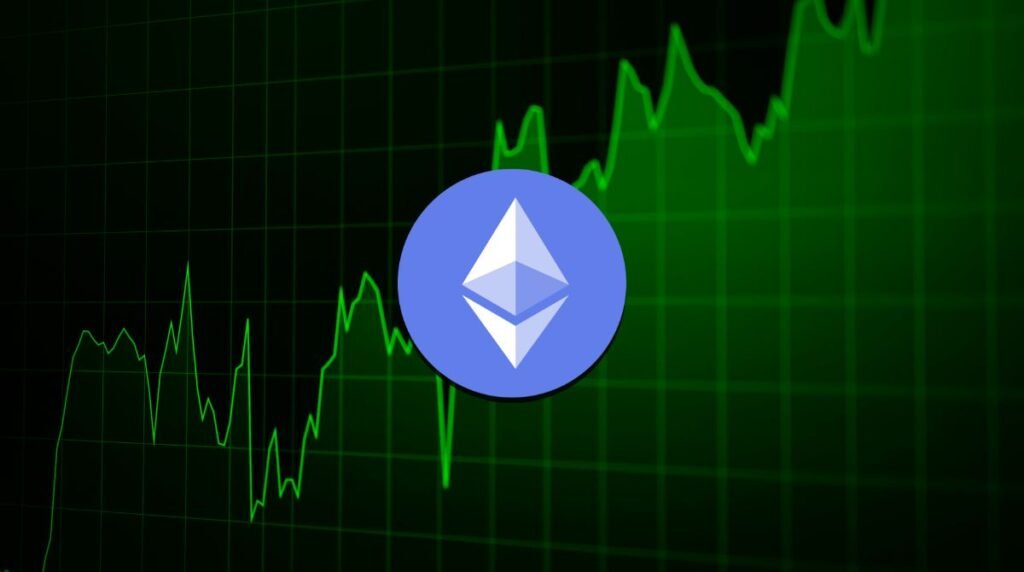Ethereum is one of the most talked-about cryptocurrencies today. Since its launch in 2015, it has gained immense popularity and has paved the way for several innovations in the blockchain space.
In this guide, we’ll what Ethereum is, how it works, its various use cases, and some key concepts like staking Ethereum and mining Ethereum. Additionally, we will touch on relevant topics such as Ethereum Classic and how to acquire Ethereum, whether by purchasing from exchanges or using Ethereum faucets.
What we’ll cover
What is Ethereum?
Ethereum is a decentralized open-source blockchain that supports smart contracts. Unlike Bitcoin, which primarily serves as a digital currency, Ethereum enables developers to create applications on its platform. These applications, often referred to as decentralized applications (dApps), can operate without the control of a central authority.
The idea of Ethereum was proposed by Vitalik Buterin in late 2013, and the network went live in July 2015. Its native cryptocurrency, known as Ether (ETH), is used to power transactions on the Ethereum network and facilitate interaction with dApps. As a pioneering platform for decentralization, Ethereum has become a hub for innovation, particularly in finance, gaming, and even art.
How does Ethereum work?
Ethereum operates on a principle called blockchain technology. This means that transactions are recorded on an ever-growing list of entries called blocks, forming a chain. Each block contains a set of transactions and is linked to the previous block. This structure ensures security and integrity since altering any data would require changing all subsequent blocks.
The Ethereum network uses a consensus mechanism to validate transactions and secure the network. Initially, it utilized the Proof of Work (PoW) protocol, similar to Bitcoin, but has recently transitioned to Proof of Stake (PoS) through an upgrade known as Ethereum 2.0.
Understanding staking ethereum
With the shift to Proof of Stake, users can now participate in staking ETH. Staking involves locking up a certain amount of ETH to help secure the network and validate transactions. In return, stakers earn rewards in the form of additional ETH. This system not only enhances the security of the Ethereum network but also allows users to earn passive income.
To start staking, you’ll need a minimum of 32 ETH to set up your validator node. However, there are also platforms where you can stake smaller amounts through pooled staking options.
Ethereum use cases
One of the biggest strengths of Ethereum is its versatility. Developers can create a variety of applications on its blockchain. Let’s look into some major Ethereum use cases:
- Decentralized Finance (DeFi): Ethereum is the backbone of the DeFi movement, enabling individuals to access financial services without intermediaries. You can lend, borrow, or trade assets through dApps.
- Non-Fungible Tokens (NFTs): Ethereum has become the go-to platform for creating and trading NFTs. These digital assets represent ownership of unique items, such as art or collectibles, on the blockchain.
- Smart Contracts: Smart contracts are self-executing contracts with the terms of the agreement directly written into code. This allows for trustless negotiations and can be used in various sectors, including real estate and supply chain.
- Decentralized Autonomous Organizations (DAOs): DAOs are organizations represented by rules encoded as a computer program. They operate on Ethereum, allowing stakeholders to vote on decisions in a transparent manner.
Mining Ethereum
Although Ethereum has transitioned to PoS, mining ETH was once a significant aspect of its network. Miners would solve complex mathematical problems to validate transactions and add new blocks to the blockchain. This process rewarded them with Ether.
With PoS now in effect, traditional mining is phased out, but the concept plays a vital role in understanding how the network operated, especially for beginners. The mining process was highly competitive, requiring significant computational power, leading to concerns over energy consumption.
The rise in popularity of Ethereum
Ethereum’s popularity has surged since its launch, and several factors contributed to this rise. The platform’s ability to facilitate innovative applications has attracted numerous developers. The emergence of DeFi and NFTs has created new markets and drastically increased interest from investors.
A notable moment was the launch of Initial Coin Offerings (ICOs) in 2017, which allowed new projects to raise capital by selling their tokens. This movement further solidified Ethereum’s status as a leading blockchain platform.
Ethereum Classic and spin-offs
Ethereum Classic (ETC) emerged as a result of a split in the Ethereum blockchain in 2016.
The split happened after a smart contract vulnerability was exploited, leading to the loss of millions in Ether. As a response, the Ethereum community decided to rollback the blockchain to restore funds, but a segment of the community continued to support the original chain, thus forming Ethereum Classic.
How to get Ethereum
Acquiring ETH is relatively straightforward. You can buy it on several cryptocurrency exchanges, including major platforms like Coinbase, Binance, and Kraken. You can purchase it using traditional currencies or other cryptocurrencies.
Another option is through Ethereum faucets. These are websites or apps that give away small amounts of Ether in exchange for completing simple tasks, such as viewing ads or filling out surveys. While you won’t earn large amounts, it’s a fun and low-risk way to start interacting with ETH.
Long-term predictions for Ethereum
The long-term potential for Ethereum appears promising. With plans for further upgrades, including enhancing scalability and reducing transaction fees, Ethereum aims to maintain its position as a leading blockchain platform. Experts predict that its continued growth and development in DeFi, NFTs, and enterprise solutions will drive significant interest.
However, it’s essential to approach any investment with caution. The cryptocurrency market is volatile, and while ETH has shown resilience, it is crucial to do thorough research and stay informed about potential risks.
Ethereum FAQs
What are the main benefits of using Ethereum?
Ethereum offers numerous benefits, including its versatility in supporting various applications like DeFi and NFTs. Its smart contract capabilities allow for trustless and automated agreements, making transactions more efficient. Additionally, Ethereum continues to evolve, with updates focused on scalability and sustainability, making it an attractive option for many users.
Can I earn passive income with Ethereum?
Yes, you can earn passive income by staking Ethereum. Once you hold a sufficient amount of ETH, you can lock it up to help validate transactions on the network. In return, you earn rewards in ETH. This allows you to generate income while contributing to the network’s security.
Is Ethereum a good investment?
Investing in Ethereum can be rewarding, but it also comes with risks. The cryptocurrency market is known for its volatility. While Ethereum has shown significant growth, it is crucial to conduct thorough research and assess your risk tolerance. It’s advisable to only invest what you can afford to lose.
How can I get free ethereum?
You can get free Ethereum through Ethereum faucets. These platforms offer small amounts of Ether in exchange for completing specific tasks. While the earnings are minimal, it’s a risk-free way to get introduced to the world of Ethereum and start your cryptocurrency journey.



